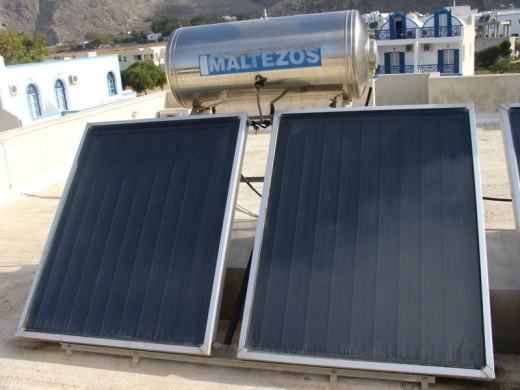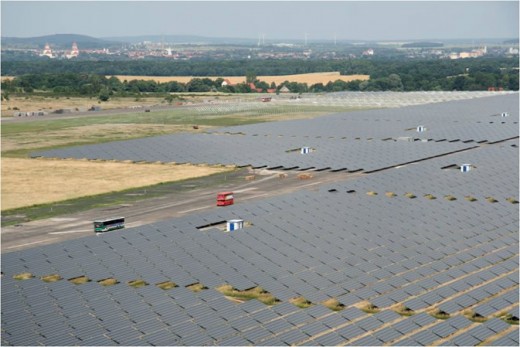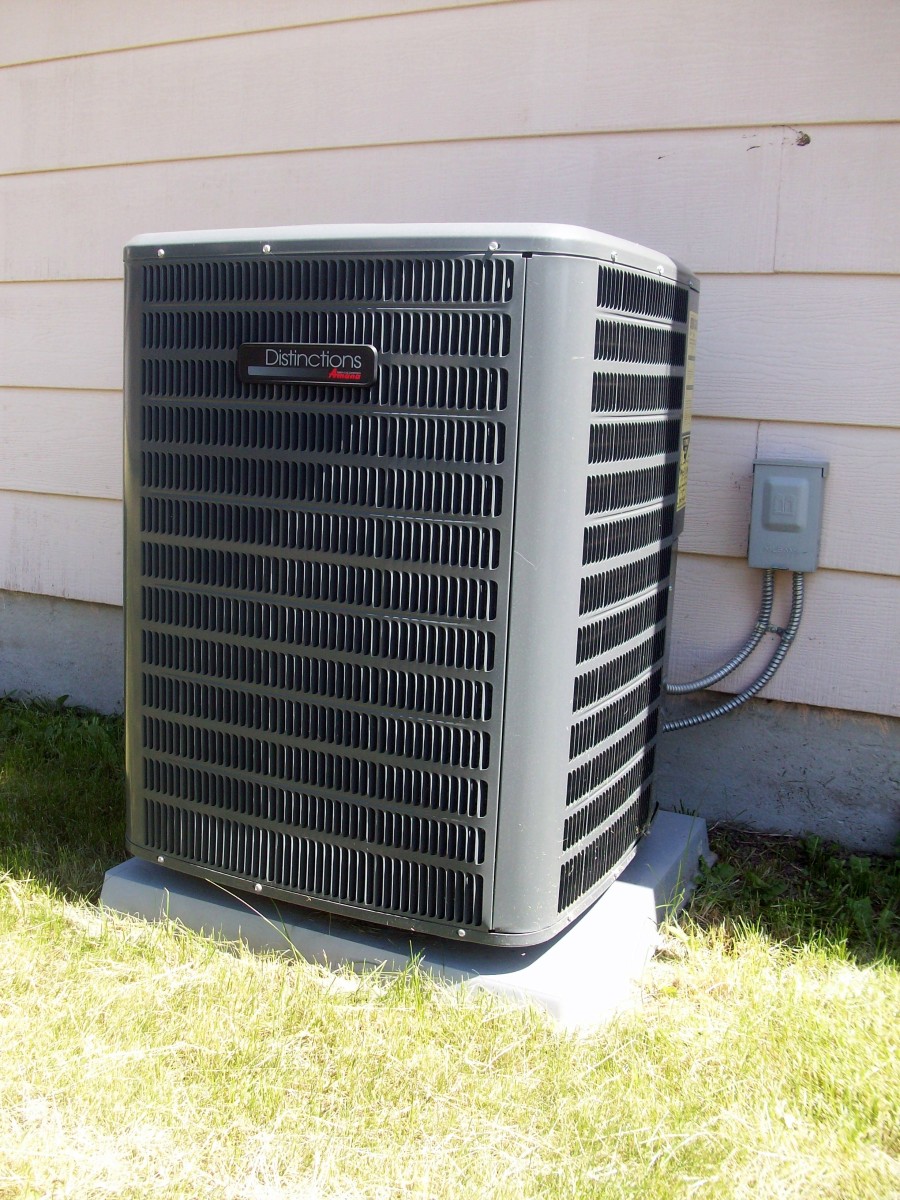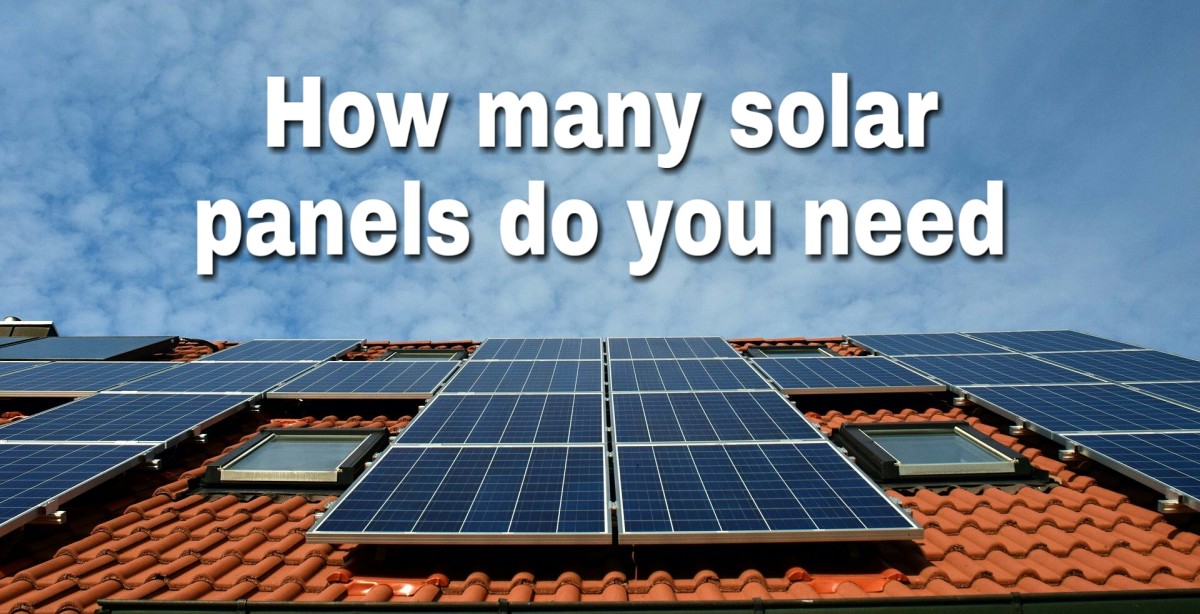Residential solar power systems - how to generate electricity at home with solar energy
Introduction
It is possible to install residential solar power systems which produce electricity for use at home.
These can be used surprisingly far north or south of the equator, as solar cells and solar panels have become much more efficient.
They even produce some electricity on days when it’s cloudy, although obviously less than when the sunshine is direct.
Recent improvements in the design of solar technology has made it a much more interesting and affordable option for those who want to reduce their electricity bills and carbon footprint.
Economies of scale have helped this, as far more cells are being produced, and the technology has improved as well.
Since 2002, the production of solar cells for solar powered electricity has been increasing by an average of 50% every year. In addition, installation has become not only far more efficient, but much cheaper.

How residential solar powered electricity-generating systems work
In order to generate electricity at home, you need solar cells which are made of semi-conducting materials.
Sunlight shines on the solar cells, and by what is called the “photoelectric effect” free electrons are generated by the sunshine.Put together these form an electric current and generate electricity.
Solar cells are put together in order to form a solar panel, which is made of lots of solar cells, often between 50 and 60.
The panels can either then be mounted on a south-facing roof in the northern hemisphere (or a north-facing roof in the southern hemisphere) or can be mounted on a rack which swivels in order to catch the best of the sun as it moves around the horizon.
Solar panels are often now installed in new buildings, but can be fitted onto older buildings easily provided that local planning laws permit it.
In many countries, there are subsidies for fitting solar powered electricity generating facilities.
Different solar panels generate different amounts of electricity per square inch, square foot or square metre, and it’s important to look at the maximum generating capacity of a cell which is measured either in watts or kilowatts.


Working out whether it's cost-effective to generate solar electricity in your home
In order to work out whether it’s worth installing solar panels to generate electricity at home, the first step is to look at existing energy bills and see how much your electricity costs are over the year.
You should also consider how your energy habits vary in your home over the year.
Solar powered electricity systems are often expensive to install, but the running costs are very low as sunshine is free.
Most countries also have subsidies or tax rebates for installing such systems, which reduce the payback time.
You should check with both local and national government, as both often offer subsidies, perhaps one off the price and another off your tax bill, and this makes a real difference to working out the cost savings.
You will see a massive saving on your energy bills.
In order to work out how much electricity can be generated in your specific area taking into account where the panels could be located on your house, you will probably need to get a quote of the estimated energy which could be generated from a particular system on your house per year.
Obviously these estimates can’t be exact, as it depends on the sunshine.
Solar energy providers in the UK tend to give a range of plus or minus 20%.
This will give you an idea of whether it’s economically worthwhile to do it.
- Renewable Energy: Natural Sources of Energy
Renewable energy sources are those which it is possible to use without diminishing the resource. This page gives an overview of all the major renewable energy sources
Selling power to your National Grid
In many countries it’s also possible to connect your solar electric powered system to the National Grid.
In this case, power you don’t use at any one time is fed into the National Grid and the electricity company buys it from you.
When you aren’t producing enough electricity for your own needs, you withdraw electricity from the National Grid.
This might well be a good system if, for example, you’re out at work during the day. If it’s sunny in the middle of the day and you aren’t at home using electricity, the electricity can be fed back into the National Grid and this reduces your bills significantly when you do want to use electricity at night, and a lot less is being generated by your solar system.








